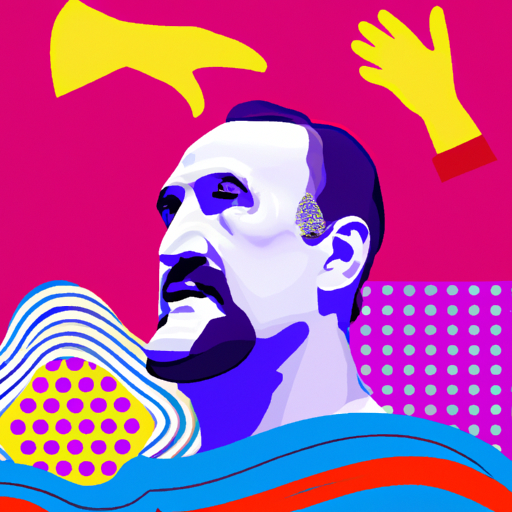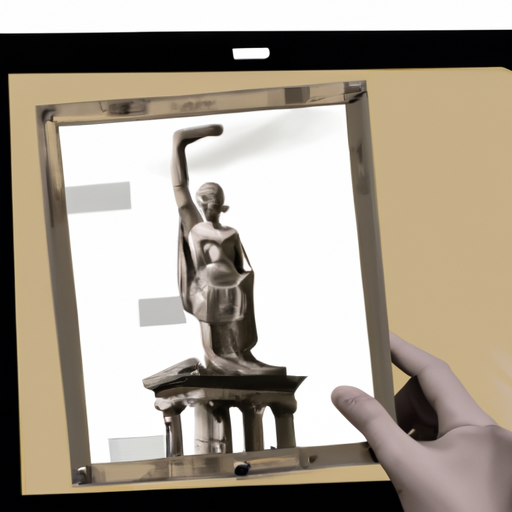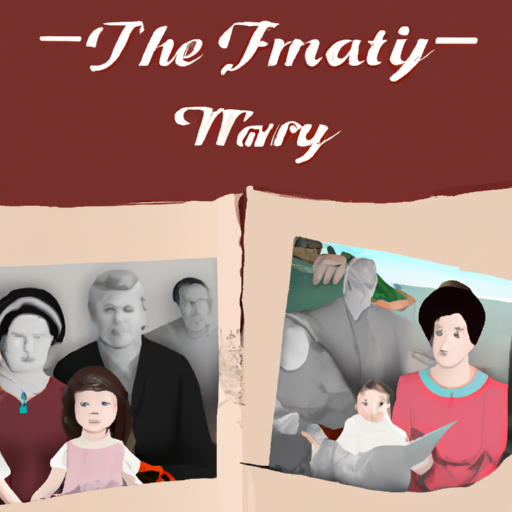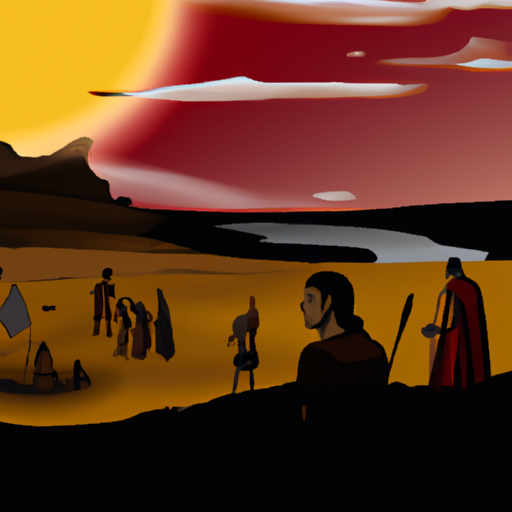Exploring the History of Viking Rule: How Many Years Did the Vikings Last?
Unearth the secrets of days gone by and explore the untold story of a people who ventured far and wide! Uncover the mysteries of an ancient culture that existed for centuries, and discover how much time they spent roaming the lands. Delve into a world full of adventure and intrigue, and learn more about these brave warriors who left their mark on history. Unearth the truth behind their legacy and uncover why they were so influential in shaping our world today!

Exploring the past can be a captivating journey, one that provides insight into the beliefs, values, and practices of those who have gone before us. From ancient civilizations to modern-day empires, the history of our world is filled with stories of brave warriors who ventured far and wide. By delving into their legacy, we can gain an understanding of why they were so successful in conquering new lands and establishing powerful empires.
Uncovering these secrets requires an adventurous spirit as there are many ways to discover what life was like for these ancient cultures. Archaeological evidence such as artifacts found at sites or written records like journals or letters can provide clues about lifestyles, customs, religions, technologies, and more. Even how much time they spent roaming different lands!
By exploring this intriguing history we can gain a better appreciation for how our world has been shaped by those who came before us. Unveiling their mysteries is sure to be an exciting adventure!
.
Introduction
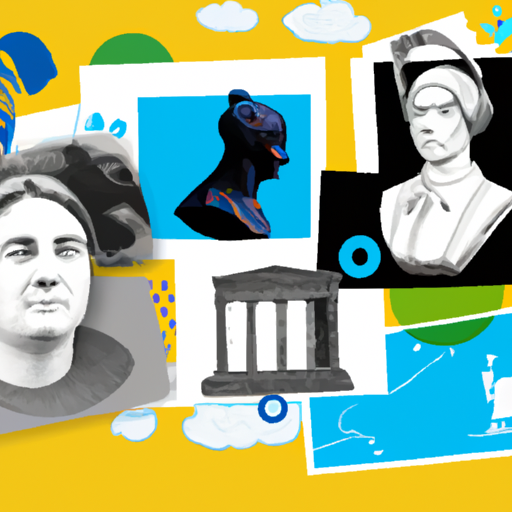
A perplexing and turbulent era of exploration, conquest, and commerce – that is the legacy of the Vikings. A period spanning 300 years, beginning in the late 8th century and ending in the mid-11th century, during which these seafaring people set sail to distant lands and established settlements across Europe, from Britain to Ireland, Iceland to Greenland, Russia to North America. It was a time of remarkable advancement and growth for these daring Norsemen.
– The History of the Viking Age
A period of Scandinavian history that lasted from the late 8th century to the mid-11th century, the Viking Age saw the Norse people, known as Vikings, explore and settle in many parts of Europe and beyond. These seafaring warriors and craftsmen left an indelible mark on European culture, beginning with their first recorded raid in 793 CE at Lindisfarne in England. Over the next few centuries they spread out to establish settlements in places such as England, Ireland, France, Iceland, Greenland and even North America. As well as bringing their own unique culture and language which still influences modern day Scandinavia today, they also developed new technologies such as tools for farming and fishing as well as weapons for warfare like swords and axes. Alongside this they created intricate artwork using precious metals like gold and silver which can still be seen in museums today. Ultimately though the Viking Age came to a close due to political changes within Scandinavia itself as well as increased pressure from Christian missionaries attempting to convert them to Christianity. By 1050 CE most of Scandinavia had been converted and its legacy lives on through books, movies, TV shows, video games, music, artworks etc., all inspired by this remarkable era of history.
– Historical Impact of the Vikings
The Vikings’ presence in the annals of history is undeniable, particularly in Europe. During the Viking Age, which spanned from the late 8th century until the 11th century, these Norse people explored and settled vast areas of land, leaving an indelible mark on any culture they encountered. Their raids and trading missions were known for their ferocity, while their political influence was manifested by the powerful kingdoms they established across Northern Europe – Denmark, Norway, Sweden and England – as well as their own system of governance called a Thing. This assembly of representatives from different tribes discussed laws and made decisions regarding conflicts between them; this form of government still exists in certain parts of Europe today.
Vikings also had an impact on art and culture. They introduced new styles of jewelry such as arm rings and necklaces crafted out of precious metals like gold and silver. They also brought with them a distinct style of artwork known as “Viking art” featuring intricate designs including dragons and knotwork patterns. Moreover, Christianity was spread throughout Scandinavia through missionaries sent by Charlemagne in the late 8th century; this eventually replaced paganism as the dominant religion in many parts of Scandinavia.
It is evident that the Vikings left a lasting impression on European history both politically and culturally. Their exploration resulted in strong kingdoms being formed across Northern Europe while their artwork continues to inspire modern artists today. Additionally, their introduction of Christianity led to its widespread acceptance throughout northern Europe which has had a profound effect even into modern times.
– Timeline of Viking Expansion and Retreat
A timeline of remarkable events, a saga that speaks of the ascension and eventual demise of a powerful group of seafaring warriors — the Vikings, or Norsemen — is an integral part of history. From the 8th to 11th centuries, these Scandinavians traversed much of Europe, leaving their mark on Britain, Iceland, Greenland and even North America.
It all began in 793 AD when they raided Lindisfarne Island off England’s coast. This incident sparked a period of exploration and colonization that extended from France to Russia by 890 AD. Then Erik the Red discovered Greenland in 982 AD; soon afterwards Leif Ericsson sailed westward across the Atlantic Ocean and made landfall at Newfoundland in Canada. Other voyages ensued which explored further south along the eastern coast of North America establishing trading posts with Native Americans.
But by 1050 AD their influence was waning due to internal conflicts as well as pressure from other European powers like England and France. By 1066 AD many settlements were abandoned or destroyed following William I’s invasion of England. It wasn’t until 1241 AD that Swedish Vikings raided Finland during a war between Sweden and Novgorod (Russia).
The rise and fall of this mighty empire serves as a reminder that even great empires can come crashing down if not carefully managed or defended against external threats.
– Viking Legacy in Modern Society
A period of perplexity and burstiness, the Vikings have left a lasting impression on the world. Commencing in 793 CE with an attack on a monastery in Lindisfarne, England, their seafaring and trading habits influenced Europe’s development. Skilled artisans, they crafted intricate jewelry and carved designs into wood or stone objects. Furthermore, they developed an alphabet known as runes which was used for writing poetry and other literature.
Though their age ended in 1066 with the Norman Conquest of England, aspects of their legacy remain visible today. For instance, many Scandinavian countries still utilize runic alphabets while Viking-style ships are popular among recreational sailors due to their seaworthiness and beauty. Moreover, their mythology inspires books or movies such as Thor or The Lord Of The Rings trilogy. Thus, it is evident that the Vikings’ influence has been passed down through generations since the 8th century CE.
– Archaeological Evidence of Viking Presence Through the Ages
Perplexing archaeological discoveries have painted a vivid picture of the Vikings’ travels and influence through the ages. From ancient burial mounds to artifacts, archaeologists have been able to trace their presence in Scandinavia as early as the late 8th century CE. In Britain, it is believed that they first arrived in 793 CE, leaving behind a legacy that can still be seen today. Evidence of their settlements has also been uncovered across England, Scotland, Ireland, and Wales; these sites have yielded valuable information about their culture and lifestyle.
In Russia, Viking trading posts along rivers such as Volga and Dnieper date back to the 9th century CE. Here they interacted with local populations who adopted many aspects of Viking life including language and religion. Artifacts found at these sites include coins, pottery sherds and remnants of buildings such as longhouses constructed from timber logs or stones.
The archaeological record continues to provide an invaluable insight into the lives of the Vikings until their eventual decline in the 11th century CE; without it much would remain unknown about this enigmatic people.
conclusion
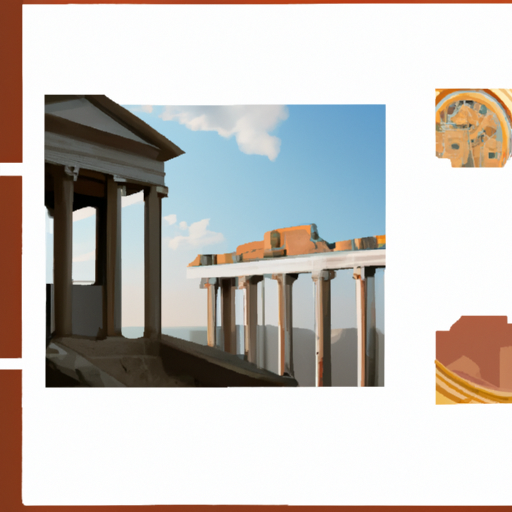
A force to be reckoned with for centuries, the Vikings left a lasting impression that can still be felt today. From the late eighth century to the eleventh, their presence was felt throughout Europe and beyond as they plundered, bartered and established settlements. Evident in language, art, literature and place names, their legacy continues to reverberate.
.
Some questions with answers
Q1: How many years did the Vikings last?
A1: The Viking Age lasted from the late 8th century to the mid-11th century, approximately 793–1066 AD.
Q2: What period of time is referred to as the Viking Age?
A2: The Viking Age is generally considered to have lasted from the late 8th century to the mid-11th century, approximately 793–1066 AD.
Q3: When did the Viking Age begin and end?
A3: The Viking Age began in the late 8th century and ended in the mid-11th century, approximately 793–1066 AD.
Q4: Where did Vikings originate?
A4: Vikings originated from Scandinavia (Denmark, Norway, Sweden).
Q5: What other historical events occurred during the Viking Age?
A5: During this period of history, there were also major political changes in Europe including Charlemagne’s coronation as Holy Roman Emperor in 800 and William I’s conquest of England in 1066.
